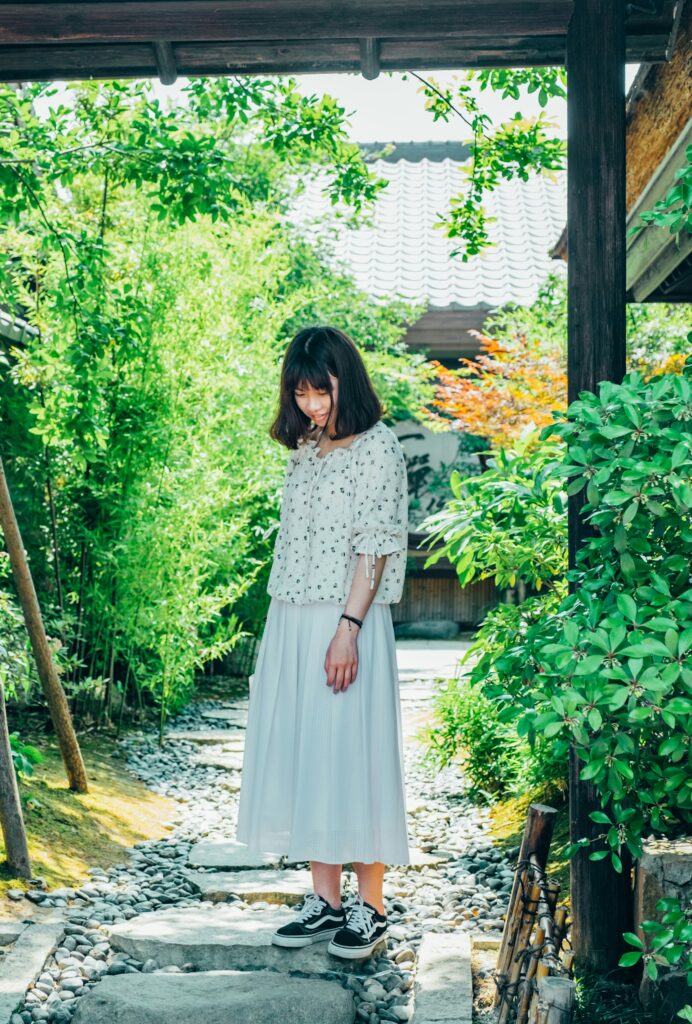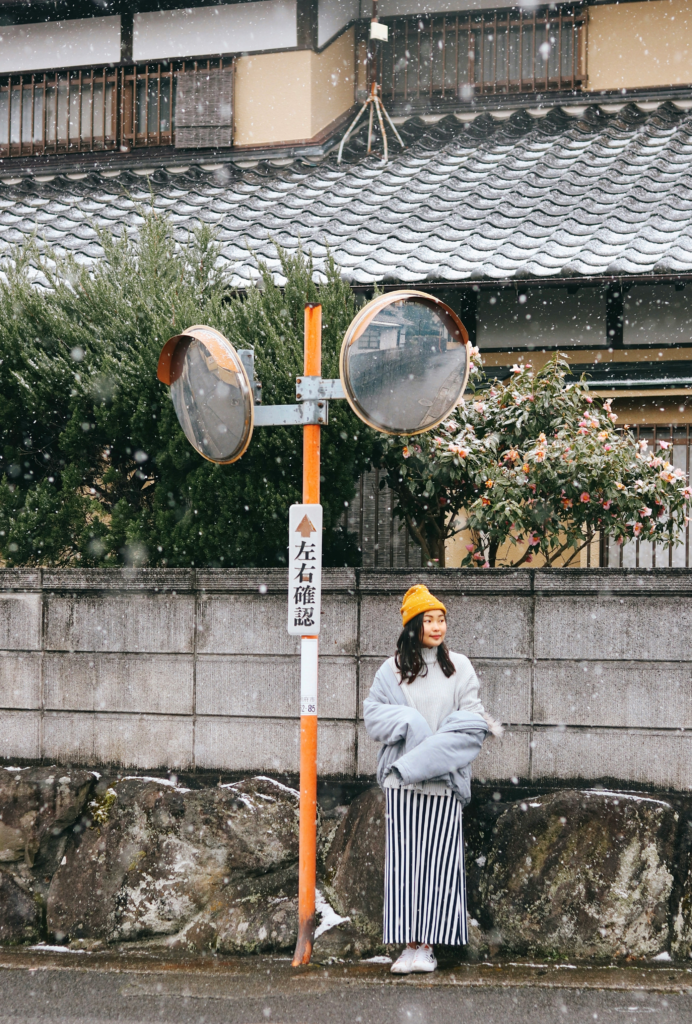Not too long ago, Uniqlo was a name unfamiliar to many outside of Japan. Despite being around since the late ’80s, Uniqlo didn’t emerge onto the global market until more recently. Today, it is a well-established global brand that has broken into the high street market, standing alongside fast fashion giants such as Zara and H&M.
However, unlike many of its contemporaries, Uniqlo has managed to forge an identity defined by a commitment to high quality—something of a rarity in the fast fashion world today.
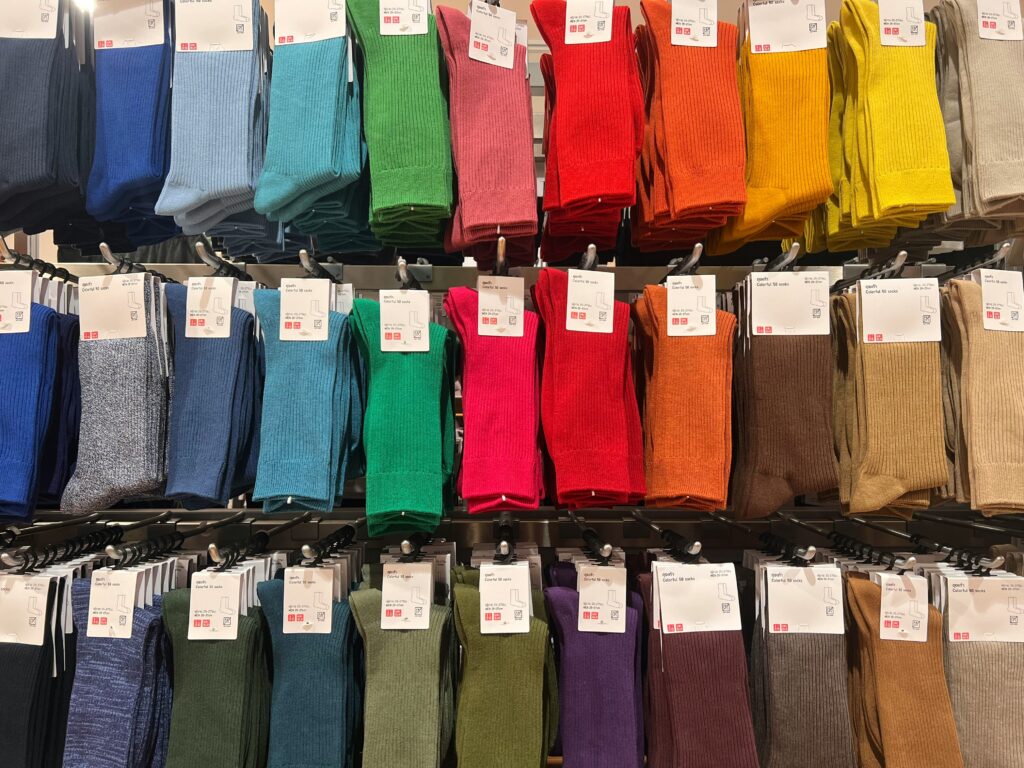
From local underdog to global icon
Uniqlo began in 1984, twelve years after its founder, Tadashi Yanai, inherited his father’s 22 men’s tailoring stores. Upon becoming company president that same year, he opened the Unique Clothing Warehouse in Hiroshima. Inspired by large-scale Western clothing stores he had seen on trips to Europe and the U.S., Yanai aimed to offer affordable casual clothing for the Japanese market. By the end of the century, he had opened more than 300 stores—now named Uniqlo, a blend of “unique” and “clothing”—across Japan.
However, the Japanese market is a discerning one, and many initially viewed the brand as cheap and low quality. To combat this, in 2004 the company pledged to a “Global Quality Declaration,” promising to focus exclusively on high-quality, well-made garments. Gradually, Uniqlo began to earn recognition for its quality products, which were better tailored and longer lasting than many Western high street brands.
This reputation has spread beyond Japan, with stores opening across Asia, Europe, and the Americas as global audiences catch on to the brand’s simple yet effortless designs. By the end of 2024, there were 2,541 stores worldwide—1,738 of them outside Japan. Thanks to these impressive numbers and his marketing acumen, Tadashi Yanai has become the richest man in Japan.
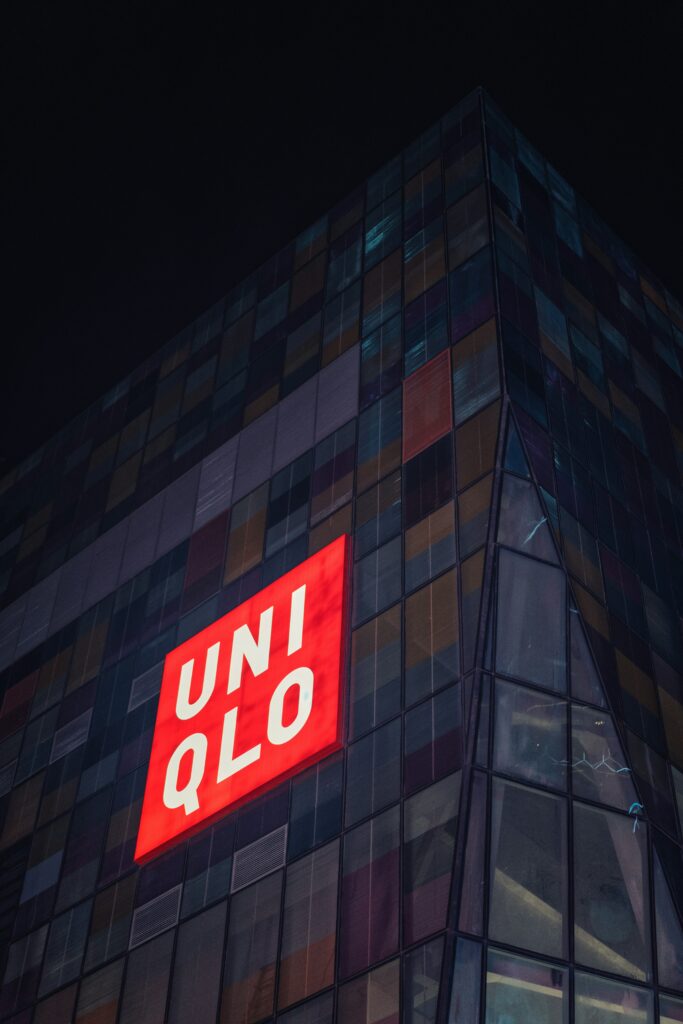
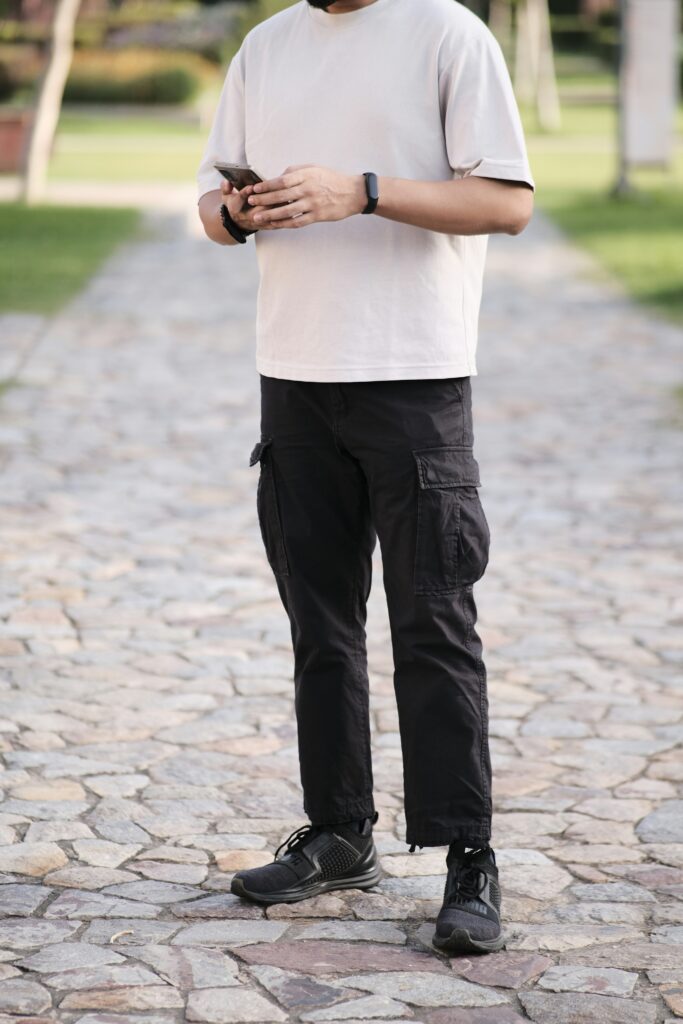
Timeless style, universal appeal: The true genius of Uniqlo’s design and branding
One of the many draws of the brand is its focus on classic, evergreen items that don’t follow fleeting trends. From simple white tees to well-tailored wide-legged pants, Uniqlo’s merchandise suits almost everybody. On social media, stylists frequently highlight the latest drops, showing how to transition between seasons using Uniqlo’s HEATTECH and AIRism lines, which help regulate body temperature. Many see Uniqlo’s products as the perfect base for a great overall look, adding their own personal style through layering and accessorizing.
The brand’s true genius lies in its ability to feel both global—its logo proudly states “Made for All”—and effortlessly Japanese at the same time. Japan is known for its stylish yet understated street fashion (though, of course, it’s also famous for more eclectic styles as well). While Uniqlo’s products were originally designed with the Japanese market in mind, that effortless, relaxed aesthetic has clearly found fans across the globe.
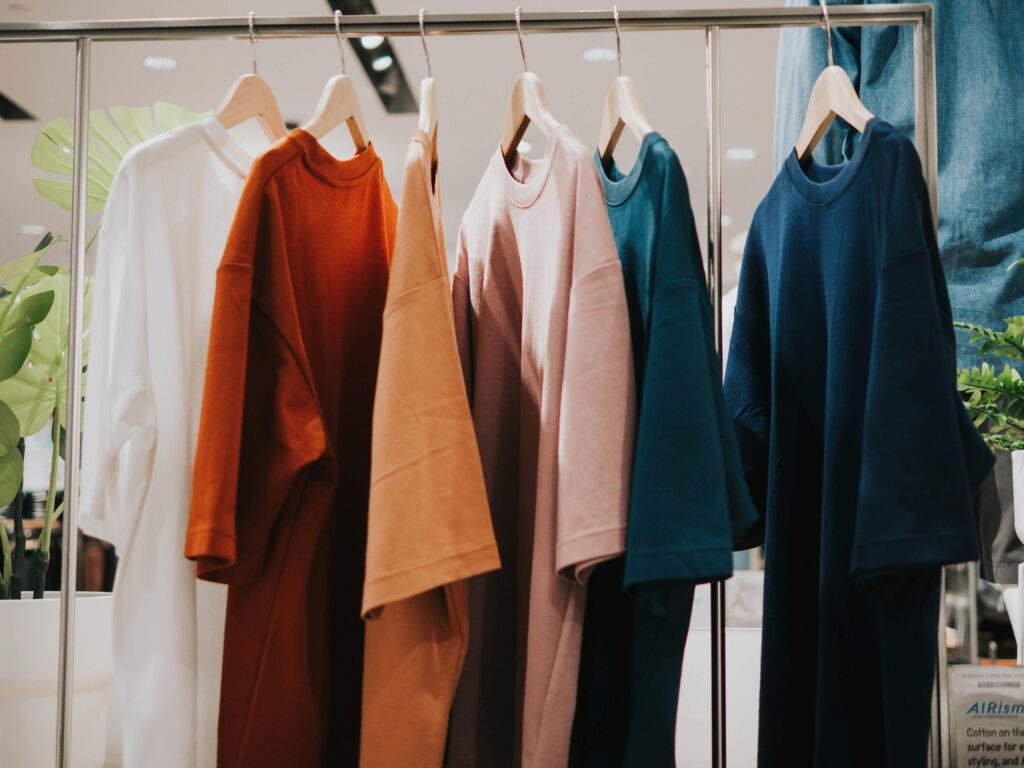
The world’s largest Uniqlo: A 12-story experience in Ginza
Uniqlo has taken Japan’s casual clothing style and marketed it globally—but here in Japan, its stores are on another level. Or, in the case of its flagship store in Ginza, on 12 levels, to be exact. Thanks to the sheer scale of this 12-story building, inbound visitors flock to Uniqlo Ginza to find everything they could possibly want.
But it’s more than just a massive retail space. The store offers unique experiences that go beyond shopping. Art installations blending contemporary and pop art with Uniqlo’s designs are featured throughout, most notably on the 11th floor—home to the UT Store.
UT stands for Uniqlo T-shirt, and this floor is dedicated to the brand’s staple T-shirt adorned with a wide range of pop culture designs. Through UT, Uniqlo collaborates with artists, filmmakers, and other creatives to bring their iconic visuals to life on a T-shirt. Visitors can even create their own custom design using the UTme! service.
Spend ¥1,500 or more on graphic Ts and other items, and you’ll also be eligible to use the in-store photo booth—a fun perk that adds to the experience. At the top of the building, shoppers can take a moment to recharge with a cup of hand-drip coffee at Uniqlo’s first-ever cafe.
For fashion fans or anyone who loves the Uniqlo brand, it’s a must-visit spot while in Tokyo.
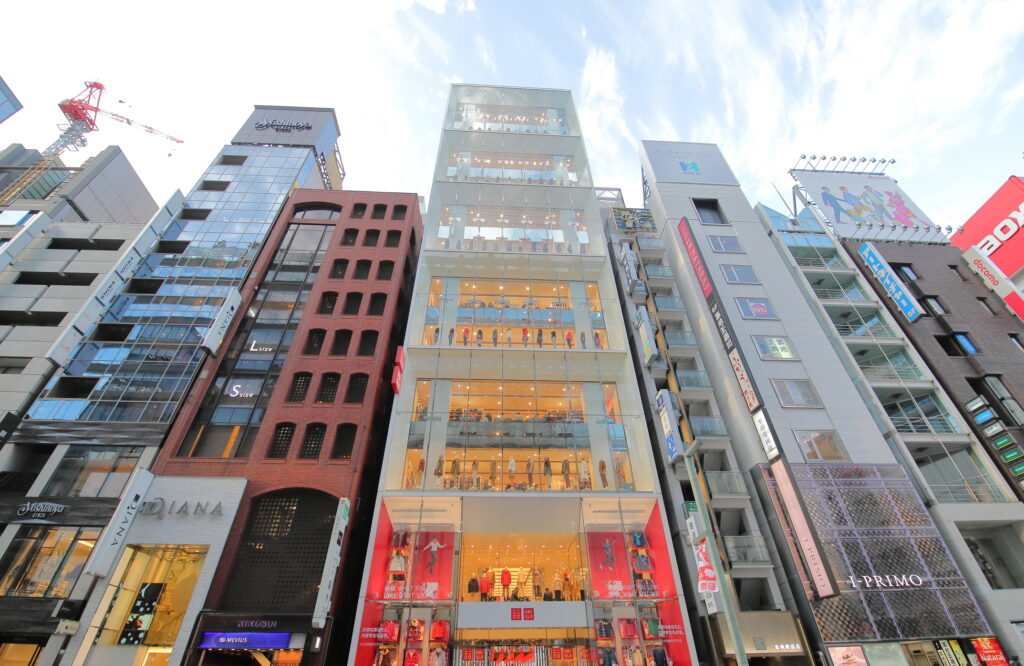
Why I shop at Uniqlo
Living in Japan, I sometimes struggle to find clothes that suit my body type. Thankfully, Uniqlo is one of the few places where I can shop without worrying about fit or comfort. While I don’t shop there too often (I usually prefer thrifting above all else), there are certain things I know only Uniqlo can deliver.
For the most part, I love their base layers—long and short-sleeved T-shirts that pair effortlessly with other pieces in my wardrobe. In the winter, I rely on their HEATTECH line, and I have more than a few long-sleeved tops that help me power through the colder months. I’m also a fan of their activewear—it’s affordable, functional, and comfortable.
Uniqlo has become a staple in Japan and abroad. Its marketing strategy has been spot-on, and I trust their quality more than I do other fast fashion brands.
